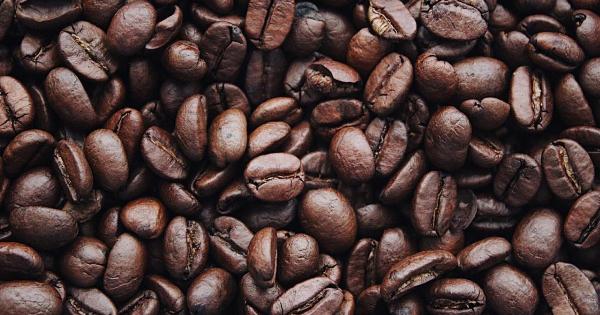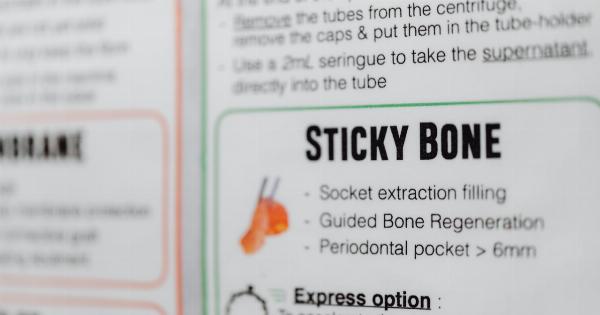Vaginal fibrillation is a condition that affects the muscles and tissues of the vagina, leading to involuntary contractions and spasms. It can cause discomfort, pain, and even sexual dysfunction for those who experience it.
While the exact cause of vaginal fibrillation is unknown, there are certain factors that have been found to contribute to its development, including alcohol and caffeine consumption.
Alcohol and Vaginal Fibrillation
Alcohol is a central nervous system depressant that can impact the function of various muscles in the body, including those in the vaginal area.
Excessive alcohol consumption can lead to muscle spasms and contractions, which may contribute to vaginal fibrillation. Additionally, alcohol can impair the communication between nerves and muscles, making it more difficult for the body to control muscle movements effectively.
Furthermore, alcohol can disrupt the hormonal balance in the body. Estrogen and progesterone, two key hormones involved in maintaining healthy vaginal tissue, can be affected by alcohol consumption.
When these hormone levels become imbalanced, it can lead to changes in vaginal muscle tone and the development of conditions like vaginal fibrillation.
Caffeine and Vaginal Fibrillation
Caffeine is a stimulant that can have an impact on the nervous system. It can increase muscle activity and contribute to muscle spasms and contractions.
In the case of vaginal fibrillation, the excessive consumption of caffeine can overstimulate the muscles in the vaginal area, leading to involuntary contractions and discomfort. Additionally, caffeine can also affect hormone levels, similarly to alcohol, potentially exacerbating the symptoms of vaginal fibrillation.
It is important to note that every individual’s sensitivity to alcohol and caffeine may vary.
Some people may experience vaginal fibrillation symptoms after consuming only small amounts of these substances, while others may require larger quantities before noticing any effects.
Managing Vaginal Fibrillation
If you are experiencing vaginal fibrillation or suspect that alcohol or caffeine may be contributing to your symptoms, it is advisable to consult with a healthcare professional.
They can assess your condition, provide a proper diagnosis, and recommend an appropriate treatment plan.
In some cases, lifestyle modifications may be necessary to manage vaginal fibrillation symptoms effectively. This can include reducing or eliminating alcohol and caffeine consumption.
Keeping a diary of your symptoms and recording when they occur, especially after consuming alcohol or caffeine, can help identify any potential triggers and inform treatment decisions.
Furthermore, stress management techniques, regular exercise, and maintaining overall vaginal health through good hygiene can also contribute to the management of vaginal fibrillation symptoms.
It is crucial to prioritize self-care and seek support from healthcare professionals to ensure the best possible outcomes.
Conclusion
Vaginal fibrillation can significantly impact a person’s quality of life, causing discomfort and sexual dysfunction.
While the precise cause remains unknown, alcohol and caffeine consumption have been identified as potential contributors to this condition. Both substances can affect muscle activity, nerve-muscle communication, and hormone balance, leading to vaginal muscle contractions and spasms.
Seeking medical advice and making necessary lifestyle modifications are crucial steps in managing vaginal fibrillation symptoms.
Whether it involves reducing alcohol and caffeine consumption or implementing stress management techniques, taking appropriate action can help alleviate discomfort and improve overall well-being.






























